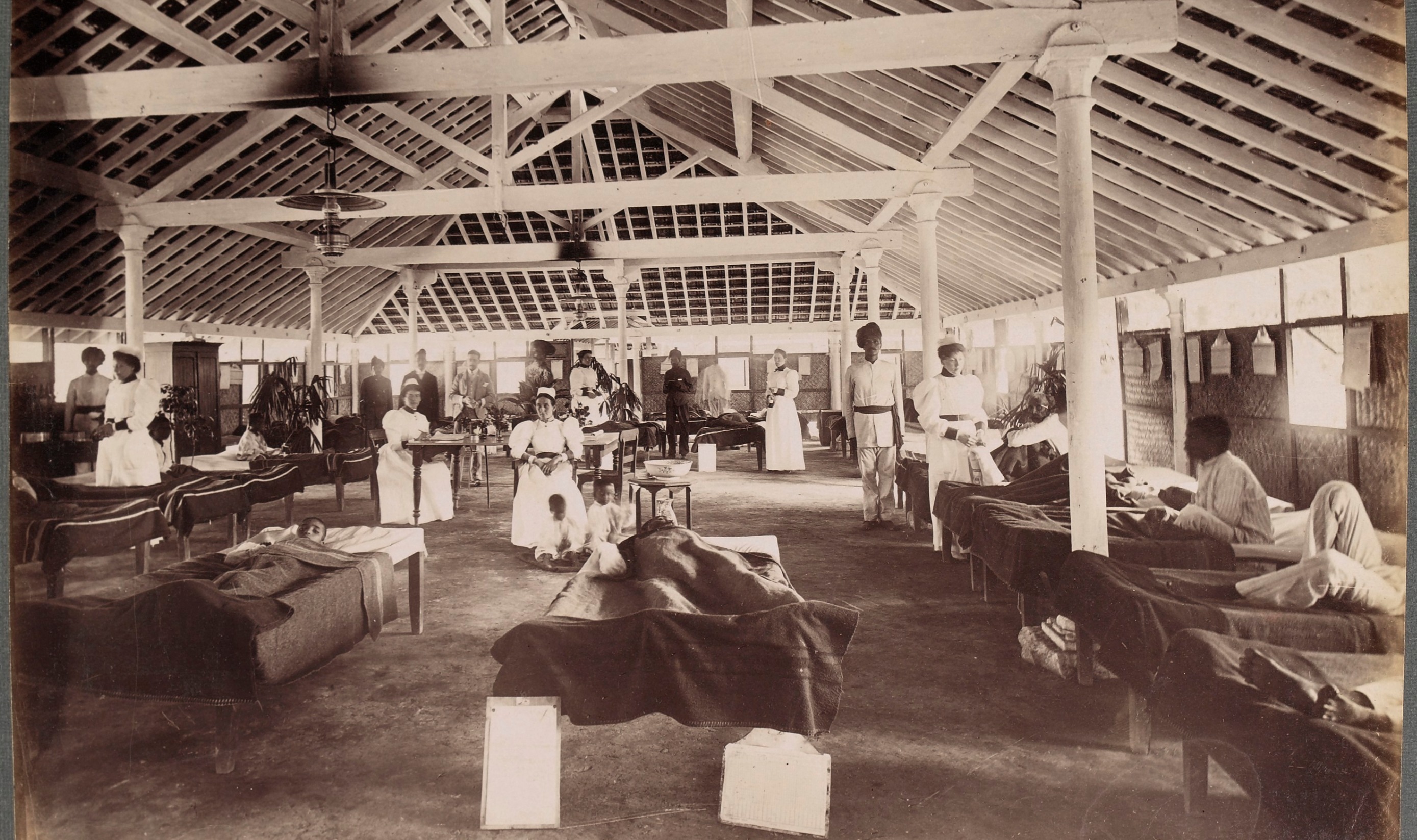Mumbai: The Epidemic Diseases Act of 1897—first enacted 123 years ago to tackle the Bubonic Plague in the erstwhile Bombay Presidency—has a short straightforward text. As statements go, each of its clauses is rational and deeply considered. When I encountered it 15 years ago, it was more than a century old. Its context had passed out of memory. It was, already, history.
I'm not interested in history, but I am in people. So when I read about it, I had to find out what this Act meant to people in 1897. How did it change their lives?
The questions that troubled me in 2007 had tormented doctors in 1897. As I read diaries, documents, and case sheets, I realised that every line archived their anguished introspection. A century later, I had a longer perspective, but the questions were the same:
How did this Act affect health?
Did it protect people from disease?
Did it keep disease from spreading?
Did it make easier for the sick to endure the illness?
Did it allow better care in hospitals?
Did it allow the doctors a greater reach and a more efficient surveillance of the illness?
Did it reduce the death rate in the city, and beyond it?
Did it change the course of the pandemic?
The answers to all the questions was No.
Since the Epidemic Diseases Act of 1897 was enforced last week to contain this pandemic of COVID-19, those questions return to puzzle me. The Act was neither rational nor deeply considered in 1897. If it is applied during this pandemic, the results may be no different.
In 1897, the germ of plague had just been discovered, but nothing yet was known of how and why the disease was contracted, what its effects were on the body, why some people survived and others died. Nothing was known of its method of spread.
In 2020, three months into COVID-19, we do know the germ that causes it, but so very little about the disease process. We know even less about its method of spread.
But the Act takes two other factors into account: population density and speed.
In 1897, the world's population was 1.2 billion. In 2020, it is 7.2 billion
In 1897, the fastest mode of travel between nations was by steamer [23.5 km per hour] or railway [80 km per hour]. Today, commercial jets fly at 900 km/hour.
In 1897 a small scattered population faced the pandemic. A large part of the globe was familiar with the disease. [Europe had a very long memory of plague, it dated back to the Black Death of the 14th century, and was renewed tediously over the next five centuries.]
In 2020, a huge, tightly compacted, and quickly connected, population faces a uniformly unfamiliar disease.
In the 1897 pandemic medical science could offer nothing beyond humane care. In the 2020 pandemic we may not always manage even that.
In many ways, it feels as if the 123 years between 1897 and 2020 are meaningless in terms of the human condition.
The diseases—bubonic plague and COVID-19—may be widely different, but their consequence is the same. And our expectations are the same too. All we can hope for is the management of complications. There is no preventive vaccine, no treatment, and no cure.
There is one difference.
An Important Distinction
Bubonic plague is not transmitted from person to person. COVID-19 certainly is.
We don't even know for certain when an infected person starts transmitting the virus. People without symptoms, apparently healthy in every way, but harbouring the virus, could be transmitting it. The linear back-tracking from a patient who tests positive may not always convey the true picture. Such uncertainty calls for great caution. Clamping down isolation measures on the basis of law might even be counter-productive.
The Act was instituted by the British Government stop the spread of plague. When plague broke out in Bombay in September 1896, containment measures were haphazard. People were encouraged to report symptoms. Very few did, because the sick never came back from hospital. It was more merciful to die at home.
Once the Act was passed, detection counters were set up in public places. Physical examination, mandatory and intrusive, immediately segregated infected or suspicious cases. The enclosures into which they were herded would soon be dignified as Plague Camps. As the death rate continued to rise, the Act allowed military intrusions into homes, to ferret out concealed cases. Bombay city was divided into plague districts within which were plague camps organized by caste, community, religion. It completely fragmented the population.
Meanwhile, more people died within these plague camps.
The plague left behind an angry, disaffected, and divided population—which suited the British very well.
The true reason behind the Epidemic Diseases Act then was economic—as it is now.
What will it mean to us today?
We know, already, from the cases we've read about. Absconders from Kasturba Hospital and isolation units elsewhere are all criminals now. The law can now enter your home and isolate you in a place that is filthy enough to be a health hazard.
The Act is also useless now as we're past the stage where the infection can be contained. This means there are already more people affected than we can trace. It doesn't mean they're all going to be sick. But it does mean that we should have a strategy, a ground plan for that eventuality.
And we don't.
Invoking the Epidemic Diseases Act is a dangerous and thoughtless measure. The need of the hour is calm and compassion, not the terror of isolation and imprisonment.
(Surgeons Ishrat Syed and Kalpana Swaminathan write together as Kalpish Ratna. Their book The Secret Life of Zika Virus dealt with this phenomenon two years ago. Their newest book is Synapse.)

